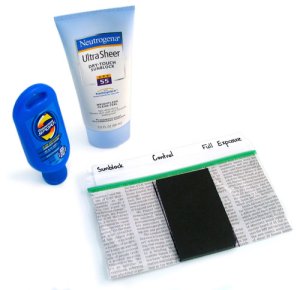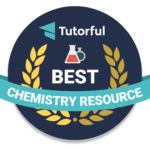 by: Tami O’Connor
by: Tami O’Connor
The sun is our primary source of ultraviolet radiation, however, there are a number of artificial sources of UV light including black lights, tanning beds and mercury vapor lamps. Ultraviolet radiation is usually considered to be a bad thing for very good reasons.
Generally speaking, there are three types of UV radiation here on Earth: UVA, UVB and UVC. Though the most destructive, UVC is almost never seen in nature because the earth’s atmosphere absorbs all of it. Though less destructive, overexposure to UVB can lead to all kinds of maladies including sunburn, some forms of skin cancer and cataracts.
UVA is the most common type of ultraviolet light found on Earth’s surface. It is responsible for the tanning effects of human skin and has the benefit of providing Vitamin D. However, overexposure to UVA can lead to toughening of the skin, suppression of the immune system and increased incidence of cataracts.
Unfortunately, UV radiation is invisible to the naked eye (unless, of course, you’re a honey bee…), so accidental overexposure to it is not uncommon. It is, however, essential to educate your students to the effects of this radiation as well as how to avoid overexposure.
There are a number of UV radiation activities you can do in all classrooms from kindergarten through college with a plethora of materials including Ultraviolet Detecting Beads, UV Filters, UV Outside Detectors, UV Atmospheric Light Meters, and the like. One of my favorite activities to do in the upper elementary and middle school classroom is very easy and quite inexpensive. All you need is a piece of newspaper (with text), a plastic snack bag, sunscreen, black construction paper, tape, and a large poster board.

Have each of your students cut a piece of newspaper to fit snugly inside a Ziploc snack bag. On each snack bag draw two lines with a marker dividing the bag into equal thirds from the top of the bag to the bottom. On the left hand third apply a thin coat of sunscreen (varying the SPF between students can yield interesting results). Cover the middle third with black construction paper. The right hand third should be left fully exposed.
Tape all the snack bags to a large piece of poster board such that none overlap any others. Bring the poster board with all the snack bags secured to it into the morning sunlight. Be sure to place the poster board in a place that it will be fully exposed to direct sunlight all day. At the end of the day bring the poster board inside, and the next morning, instruct your students to carefully remove their newsprint from the bags and record their observations.
Of course, there are other great experiments around UV Radiation Activity that can be found on our website, and if you have any ideas that we don’t, we would love to hear from you if you are interested in sharing… from your classroom to ours!


It’s nice to know that you guys are helping educate the world about cancer. Thanks for the post.